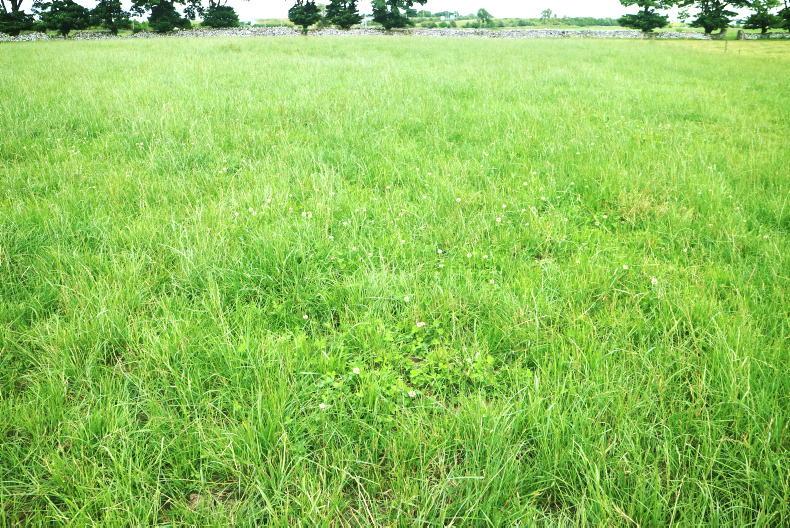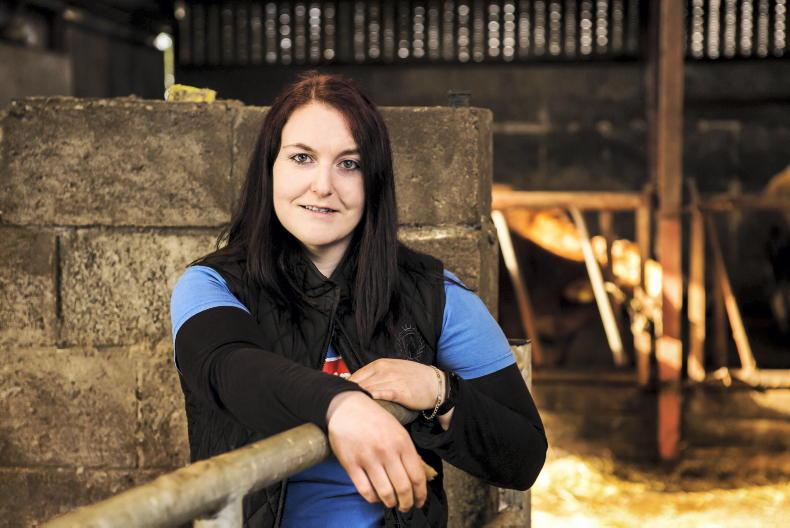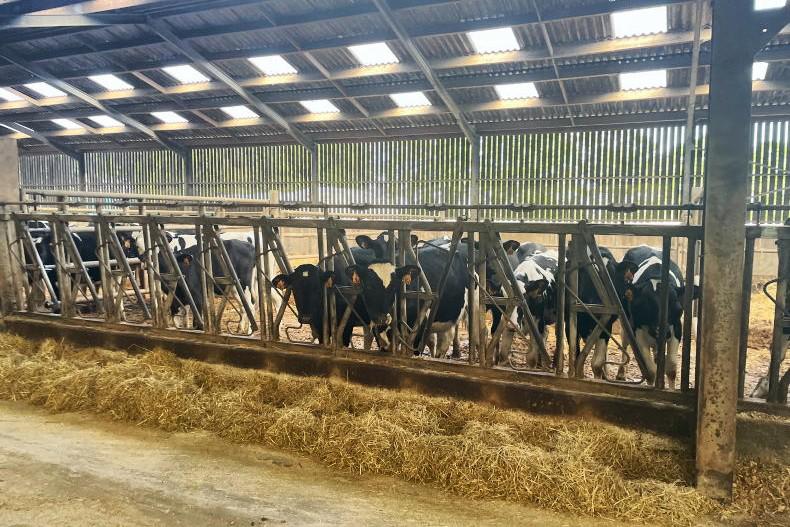Grass supplies on Newford Farm in Co Galway are coming back on track following grass reserves becoming depleted during the recent prolonged dry spell.
Grass growth rates in the Cones outfarm block had fallen to just 18kg DM/ha per day, less than half the daily demand figure.
Growth rates also fell in Newford block to the low 20s and were recorded in the region of 30kg DM/ha on the Gort na hAbhainn land block, where over half the area is low-lying ground prone to flooding.
Sharp drop
The sharp drop in growth rates hit at a bad time, with slow recovery and low growth rates on first-cut silage ground putting additional short-term pressure on supplies.
Farm manager Stephen Frend reports that a batch of 2022-born bullocks were brought back to the Newford land block with the aim of keeping grass ahead of these priority animals.

Silage was introduced briefly to conserve grass supplies and lengthen the rotation and has been removed from the diet over this week.
Cows and calves on the Newford block were then offered silage for a few days to slow down the rotation and conserve supplies.
Quick recovery
Growth rates have quickly recovered and Stephen expects growth rates to have more than doubled when the next grass cover is carried out at the start of the week. This has reduced pressure and silage has been removed again from the diet.

Clover swards have benefitted from good grass utilisation and tight grazing of swards in recent weeks.
Fertiliser was also applied since receiving rainfall to ground which has been closed for second-cut silage and slurry was applied to silage ground to replenish nutrients at a rate of 2,500gl/acre and to grazing ground low in potassium and phosphorus.
Swards with a high clover content appear to be performing satisfactorily and the plan is to refrain from applying chemical fertiliser to these paddocks in mid-summer.
High levels of grass utilisation and grazing paddocks tight has helped to promote clover growth in recent weeks.
Breeding progress
Breeding activity has reduced to a very low level, with just two to three cows inseminated in recent days. There is just one week left in the 10-week breeding season and Stephen is hopeful that there will be, at most, one to two cows served.
The breeding season is now finished for the heifers and scanning will take place in due course to monitor breeding performance.
As it stands, it looks like conception to first service in cows will remain in excess of 60%, with a similar figure expected for heifers.
Grass supplies on Newford Farm in Co Galway are coming back on track following grass reserves becoming depleted during the recent prolonged dry spell.
Grass growth rates in the Cones outfarm block had fallen to just 18kg DM/ha per day, less than half the daily demand figure.
Growth rates also fell in Newford block to the low 20s and were recorded in the region of 30kg DM/ha on the Gort na hAbhainn land block, where over half the area is low-lying ground prone to flooding.
Sharp drop
The sharp drop in growth rates hit at a bad time, with slow recovery and low growth rates on first-cut silage ground putting additional short-term pressure on supplies.
Farm manager Stephen Frend reports that a batch of 2022-born bullocks were brought back to the Newford land block with the aim of keeping grass ahead of these priority animals.

Silage was introduced briefly to conserve grass supplies and lengthen the rotation and has been removed from the diet over this week.
Cows and calves on the Newford block were then offered silage for a few days to slow down the rotation and conserve supplies.
Quick recovery
Growth rates have quickly recovered and Stephen expects growth rates to have more than doubled when the next grass cover is carried out at the start of the week. This has reduced pressure and silage has been removed again from the diet.

Clover swards have benefitted from good grass utilisation and tight grazing of swards in recent weeks.
Fertiliser was also applied since receiving rainfall to ground which has been closed for second-cut silage and slurry was applied to silage ground to replenish nutrients at a rate of 2,500gl/acre and to grazing ground low in potassium and phosphorus.
Swards with a high clover content appear to be performing satisfactorily and the plan is to refrain from applying chemical fertiliser to these paddocks in mid-summer.
High levels of grass utilisation and grazing paddocks tight has helped to promote clover growth in recent weeks.
Breeding progress
Breeding activity has reduced to a very low level, with just two to three cows inseminated in recent days. There is just one week left in the 10-week breeding season and Stephen is hopeful that there will be, at most, one to two cows served.
The breeding season is now finished for the heifers and scanning will take place in due course to monitor breeding performance.
As it stands, it looks like conception to first service in cows will remain in excess of 60%, with a similar figure expected for heifers.












SHARING OPTIONS